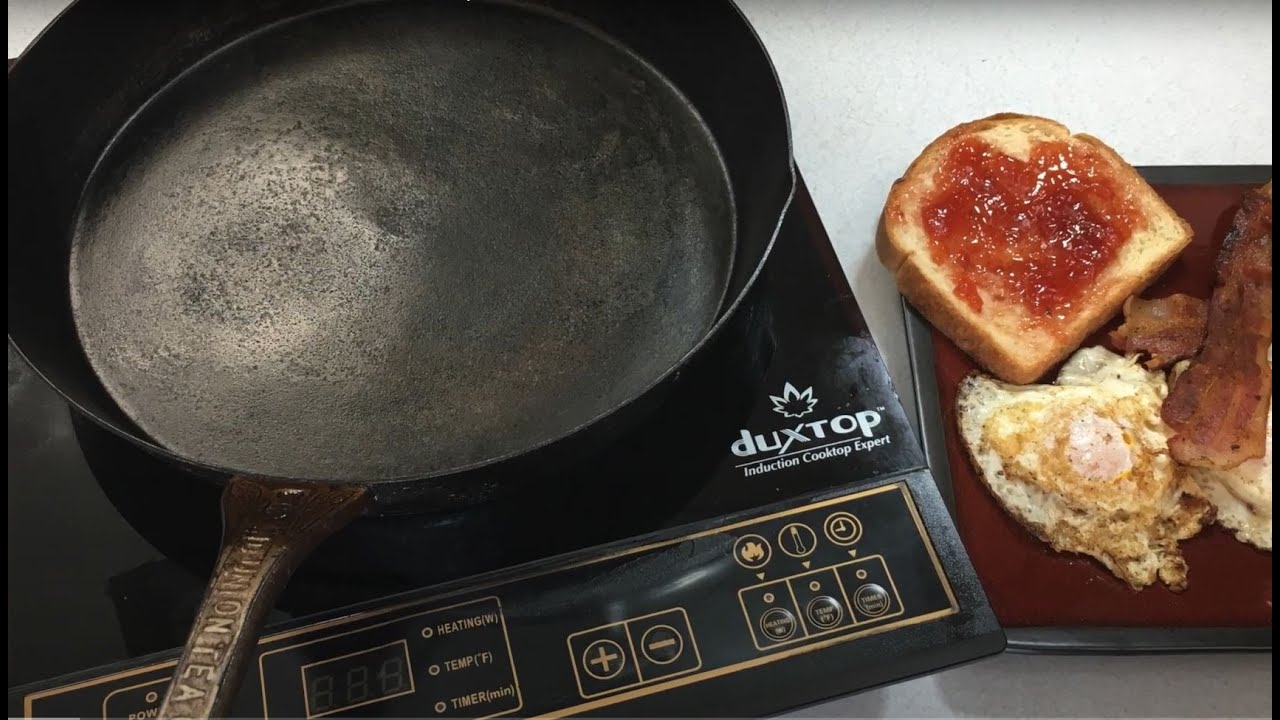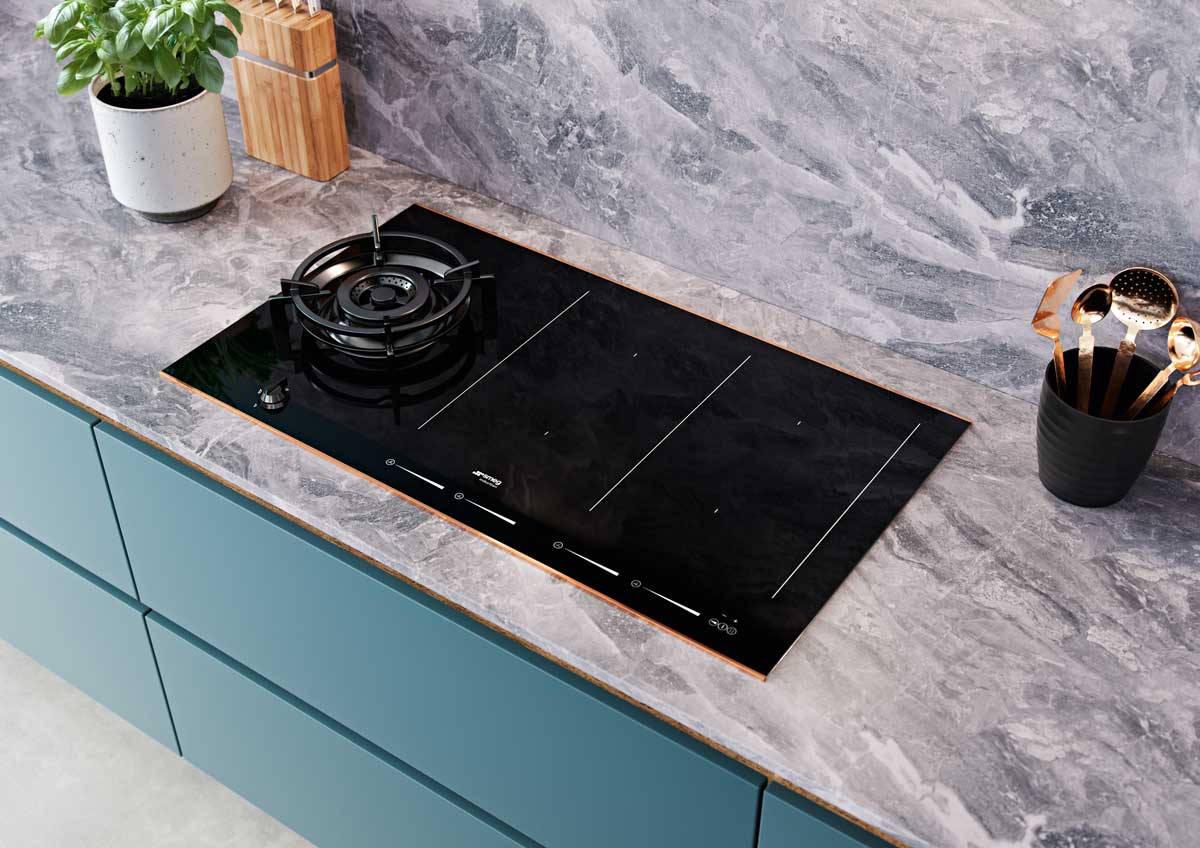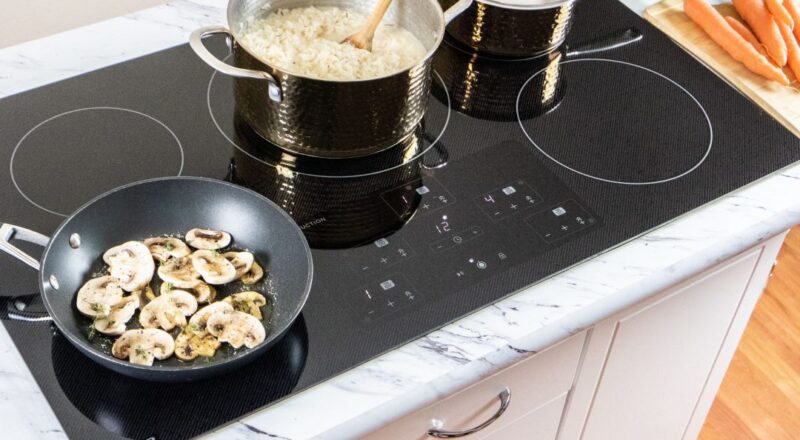Cooking pizza at home can be an immensely rewarding experience, especially when using the right tools. Making pizza on cast iron with induction cooktops offers a unique blend of tradition and technology, resulting in a deliciously crispy crust and perfectly melted toppings. This article explores the art and science behind this cooking method, ensuring that your homemade pizzas rival those from your favorite pizzeria.

Why Choose Cast Iron for Pizza?
Cast iron is a time-honored material in the culinary world, renowned for its heat retention and even cooking properties. When paired with an induction cooktop, it provides a quick and efficient way to achieve the high temperatures necessary for a perfect pizza crust. The combination of these technologies offers a seamless cooking experience that translates into restaurant-quality results.
Induction Cooking: The Modern Approach
Induction cooking uses electromagnetic fields to heat cookware directly, making it both fast and energy-efficient. This method is particularly effective with cast iron, as it heats evenly and maintains consistent temperatures. For those seeking to combine the best of traditional and modern cooking, induction is an excellent choice. More about the technology can be found here.
Preparing Your Cast Iron for Pizza
Before diving into the pizza-making process, it’s important to properly prepare your cast iron skillet. Seasoning it correctly ensures a non-stick surface and enhances the flavor of your pizza. Regular maintenance is key, and more tips on care can be found here.
Seasoning Your Skillet
Start by coating the skillet with a thin layer of vegetable oil. Heat it on the induction cooktop until it reaches a high temperature, allowing the oil to bond with the skillet’s surface. This process should be repeated regularly to maintain the skillet’s non-stick properties.
Preheating Essentials
Preheat your cast iron skillet on the induction cooktop before adding your pizza. This step is crucial for achieving a crispy crust. The skillet should be heated until it is uniformly hot, which can be checked by sprinkling a few drops of water onto the surface. They should sizzle and evaporate immediately.
Crafting the Perfect Pizza Dough
The foundation of any great pizza is its dough. Making your own allows for customization and guarantees freshness. A simple dough recipe consists of flour, water, yeast, and salt. Knead the ingredients until smooth, and let the dough rise until it doubles in size.
Rolling Out the Dough
Roll the dough on a floured surface to your desired thickness. For a crispier crust, roll it thinner. Ensure the dough is evenly spread to avoid uneven cooking.
Assembling Your Pizza
Once your dough is ready, it’s time to add the toppings. Start with a base of tomato sauce, followed by mozzarella cheese and your choice of toppings. Be creative with your selections, but avoid overloading the pizza, as this can lead to sogginess.
Choosing the Right Toppings
Classic toppings like pepperoni, mushrooms, and bell peppers work well. However, feel free to experiment with gourmet ingredients like prosciutto, arugula, or truffle oil for a unique flavor profile.
Cooking Your Pizza
Place the assembled pizza onto the preheated cast iron skillet. Cook on the induction cooktop for about 5-7 minutes, ensuring the crust is golden and the cheese is bubbly. If needed, finish the pizza in the oven to achieve the desired crispiness.
Monitoring Cooking Time
Cooking times may vary based on the thickness of the crust and the number of toppings. Keep a close eye on the pizza to prevent burning, adjusting the cooktop temperature as necessary.
Serving and Enjoying
Once cooked, remove the pizza from the skillet and let it cool slightly before slicing. This allows the cheese to set, making it easier to cut and serve. Pair your homemade pizza with a fresh salad or a glass of wine for a complete meal.
Maintaining Your Cast Iron Skillet
After cooking, clean your cast iron skillet to maintain its condition. Avoid using soap and instead scrub it with a brush and hot water. Dry it thoroughly and apply a light layer of oil before storing.
Long-term Care Tips
Regularly re-season your skillet to keep it in top condition. Store it in a dry place to prevent rusting. For more detailed guidance on maintenance, visit this link.
Conclusion
Making pizza on cast iron with induction combines the best of both traditional and modern cooking methods. The result is a homemade pizza that is crispy, flavorful, and satisfying. By following these steps, you can enjoy restaurant-quality pizza in the comfort of your home.

FAQs
Can I use pre-made dough for cast iron pizza?
Yes, pre-made dough is a convenient option. Just ensure it’s thawed and at room temperature before rolling and cooking.
What if I don’t have an induction cooktop?
While induction cooktops are ideal, a regular stovetop can also work. Just ensure your cast iron skillet is well-heated before adding the pizza.
How do I prevent my pizza from sticking?
Ensure your skillet is well-seasoned and preheated. Additionally, using a light dusting of cornmeal on the skillet can help prevent sticking.
This article contains affiliate links. We may earn a commission at no extra cost to you.

